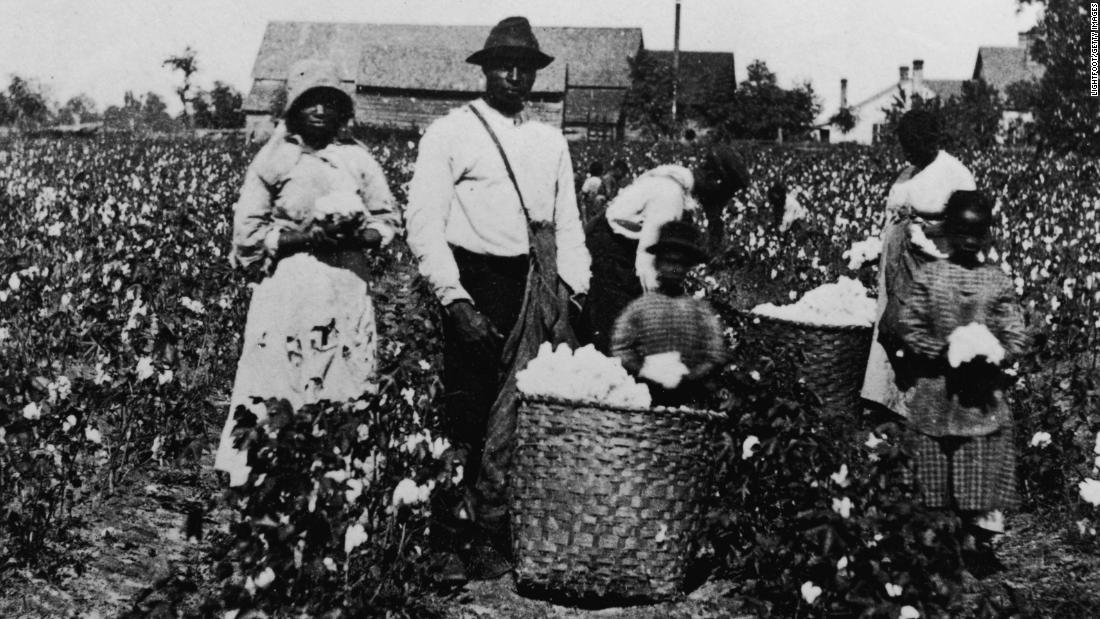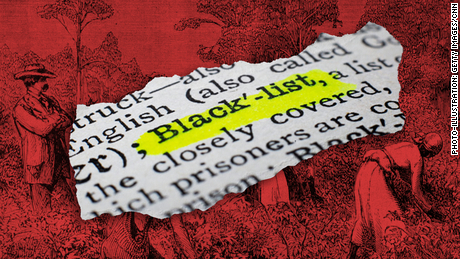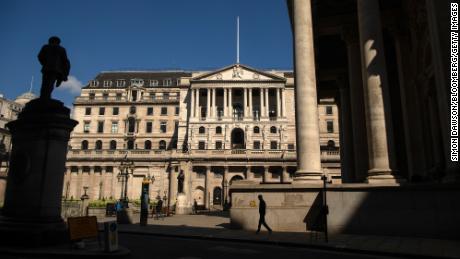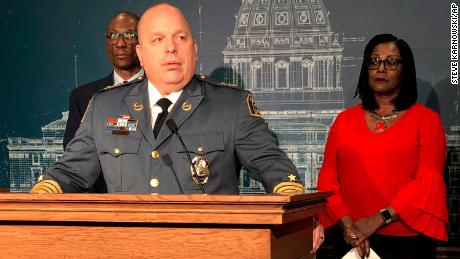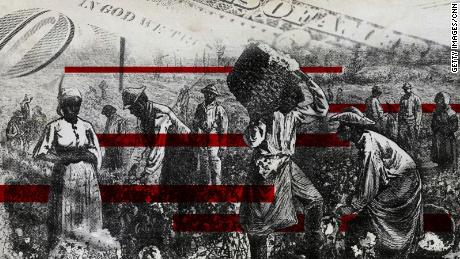From the US Capitol to the alcohol Americans consume, here are seven things you probably didn’t know were connected to slavery
But in a country where enslaved Black people were so essential in its rise to global power, it’s impossible to stamp out every link to its painful history. Slavery has marked everything from the US Capitol to the alcohol Americans consume.

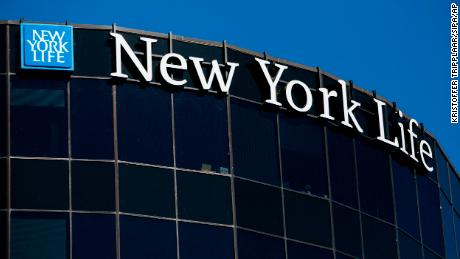
A logo sign outside of a New York Life Insurance Company building.
One of the largest life insurance companies in the US has admitted that their predecessor company insured the lives of enslaved people for their owners.
In 2001 New York Life provided the New York Public Library its archival records containing insurance policies sold to slave owners.
“We have made clear through our words and our actions for many years that our predecessor company’s involvement with slavery is a stain on our history that we can never forget. We are committed to fostering a greater understanding of slavery in America and supporting the Black community,” New York Life said on its website.
A company spokesperson told CNN that while New York Life cannot change its history, its longstanding recognition of that history has helped shape its commitment to the Black community.
Yale University

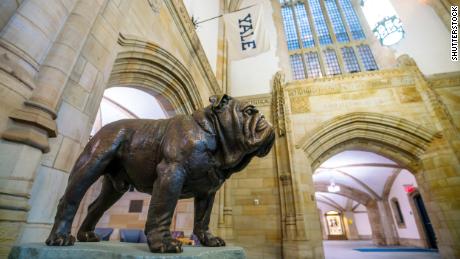
Yale University is named after Elihu Yale, a former slave trader.
“I call on @Yale to change it’s name immediately and strip the name of Yale from every building, piece of paper, and merchandise. Otherwise, they hate black people. #CancelYale,” Kelly’s tweet read.
Yale University turned down CNN requests for comment.
CSX Transportation


A CSX freight train passes through Homestead, Pennsylvania, on February 12, 2018.
CSX Transportation owns a railroad that was built by enslaved people.
“The company shares the nation’s deep remorse for the shameful institution of slavery and racial discrimination that has occurred in the country,” Cindy Schild, a CSX spokeswoman, told CNN in an email. “CSX opposes any form of discrimination and is committed to raising awareness regarding racial disparities.”
Jack Daniel’s Tennessee Whiskey

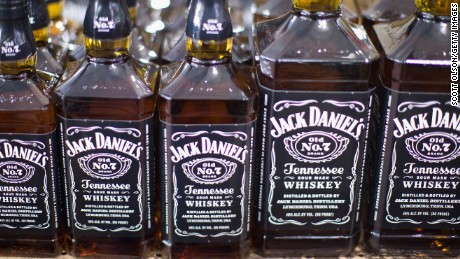
Jack Daniel’s Tennessee Whiskey.
That’s right, even alcohol is connected to slavery.
Daniel bought the business from the minister, then hired Green as his first head distiller.
Svend Jansen, a Jack Daniel’s spokesperson, told CNN the company has “known and been public about the special relationship between Jack Daniel and Nearest Green for many years and it is a common story in Lynchburg, (Tennessee).” Several of Green’s children and grandchildren eventually worked for Jack Daniel’s Whiskey, Jansen said.
Jack Daniel’s installed a Nearest Green exhibit at its visitor center in March 2018, Jansen said.
“We continue to be thoughtful regarding other ways to honor the story of Nearest,” he said.
Wall Street

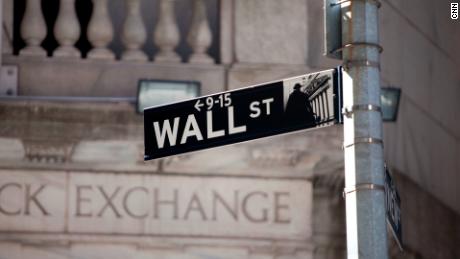
Wall Street orignated as a slave market in the 1700s.
“This place reminds of us of one of the worst chapters in our history,” de Blasio said at the time. “Three-hundred-four years ago, with the approval of the city government, this became a place for buying and selling and renting human beings.”
New York City’s first lady, Chirlane McCray, said slavery built the foundation of the city and its slave market was only rivaled by the market in Charleston, South Carolina.
“You could come here any day and see it happening and somehow it was considered normal in this city. It continued elsewhere in the city for close to 80 years more,” de Blasio said.
The White House and US Capitol Building
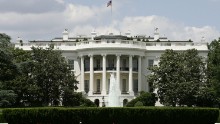
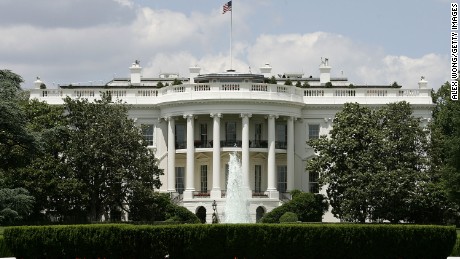
The exterior view of the south side of the White House.

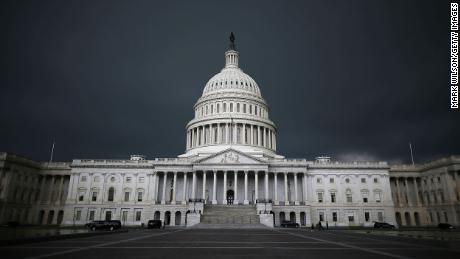
Storm clouds fill the sky over the US Capitol Building.
“So when you see that slave labor was used on the Capitol and White House, it’s not just about the personal relationships between the founders and slavery, it’s about a national and institutional matter that the government itself was involved in slavery,” said Adam Rothman, a Georgetown University history professor who specializes in slavery.
After Obama’s 2016 comments, the White House Historical Society began aggressively researching slavery and its relationship with US presidents and the White House, said Matthew Costello, a senior historian at the historical society.
“We have to give those people their voices back. Historically speaking, people are interested in presidents and first ladies, but what about behind those closed doors? Who are the people that really make the White House function and operate?” Costello told CNN.
George Washington

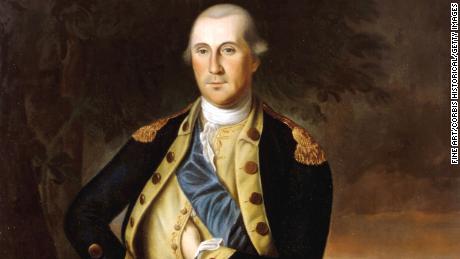
An oil on canvas of George Washington.
Though George Washington’s ties to slavery are fairly well known, the extent of those connections may surprise some.
Enslaved people formed part of Washington — literally.
The first president’s mouth, Coe said, was full of the teeth of walruses, hippopotamuses and enslaved people. Washington paid the enslaved people an under-market rate for their teeth, Coe said.
“The propensity to put Washington on a pedestal does us no favors,” Coe said. “It keeps us removed from the man himself, because it’s a dishonest reading of his life.”
![]()


